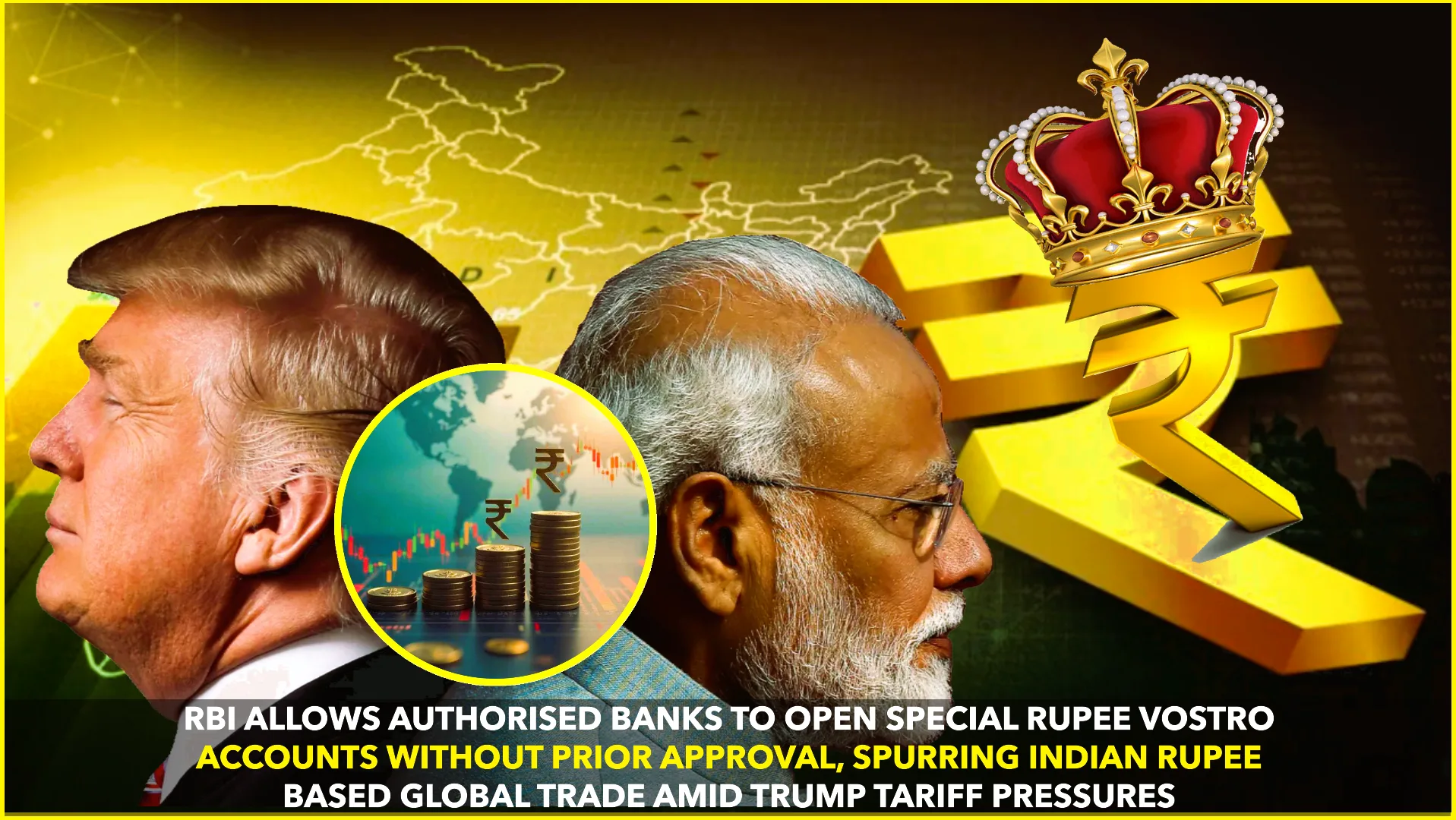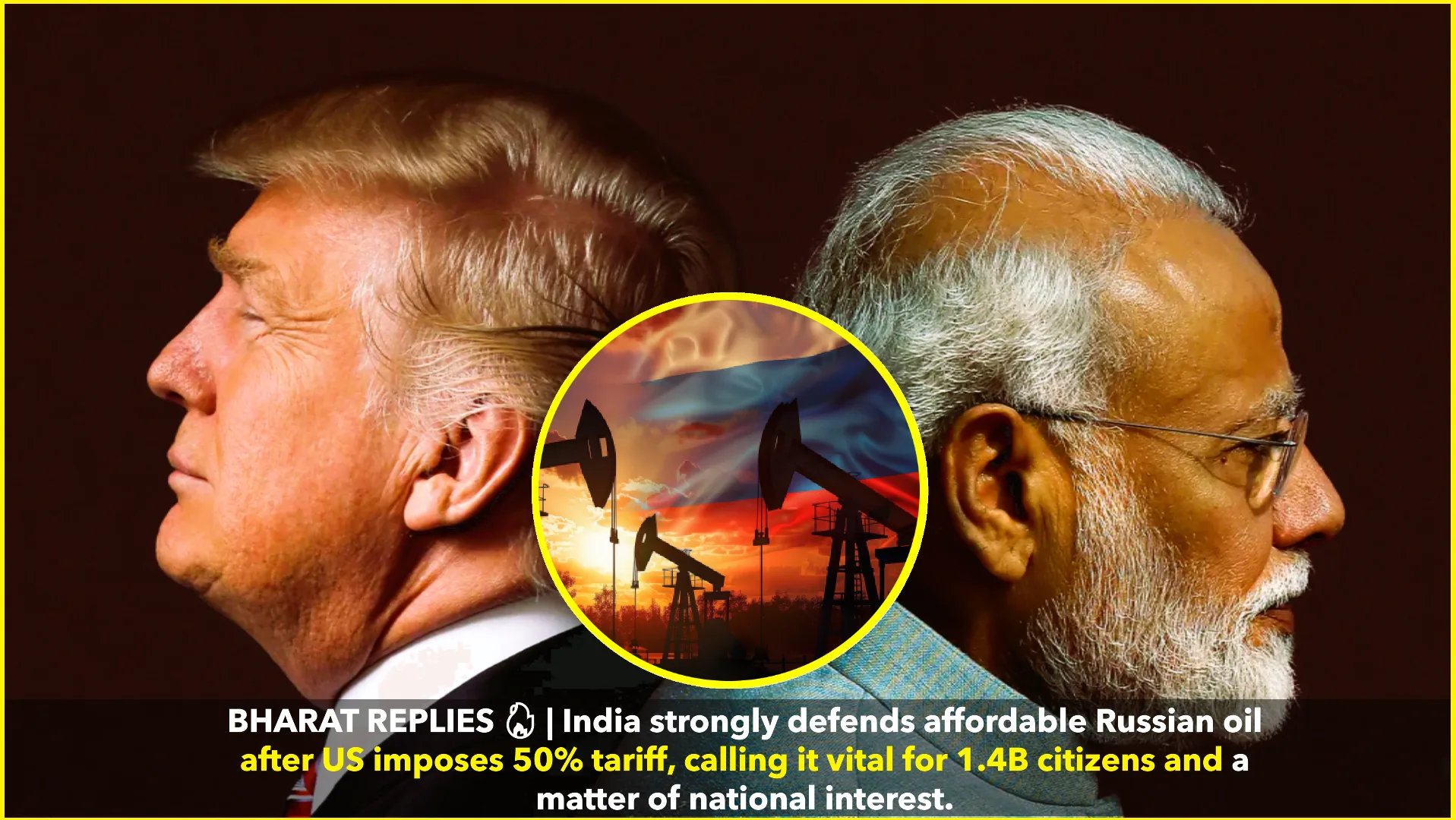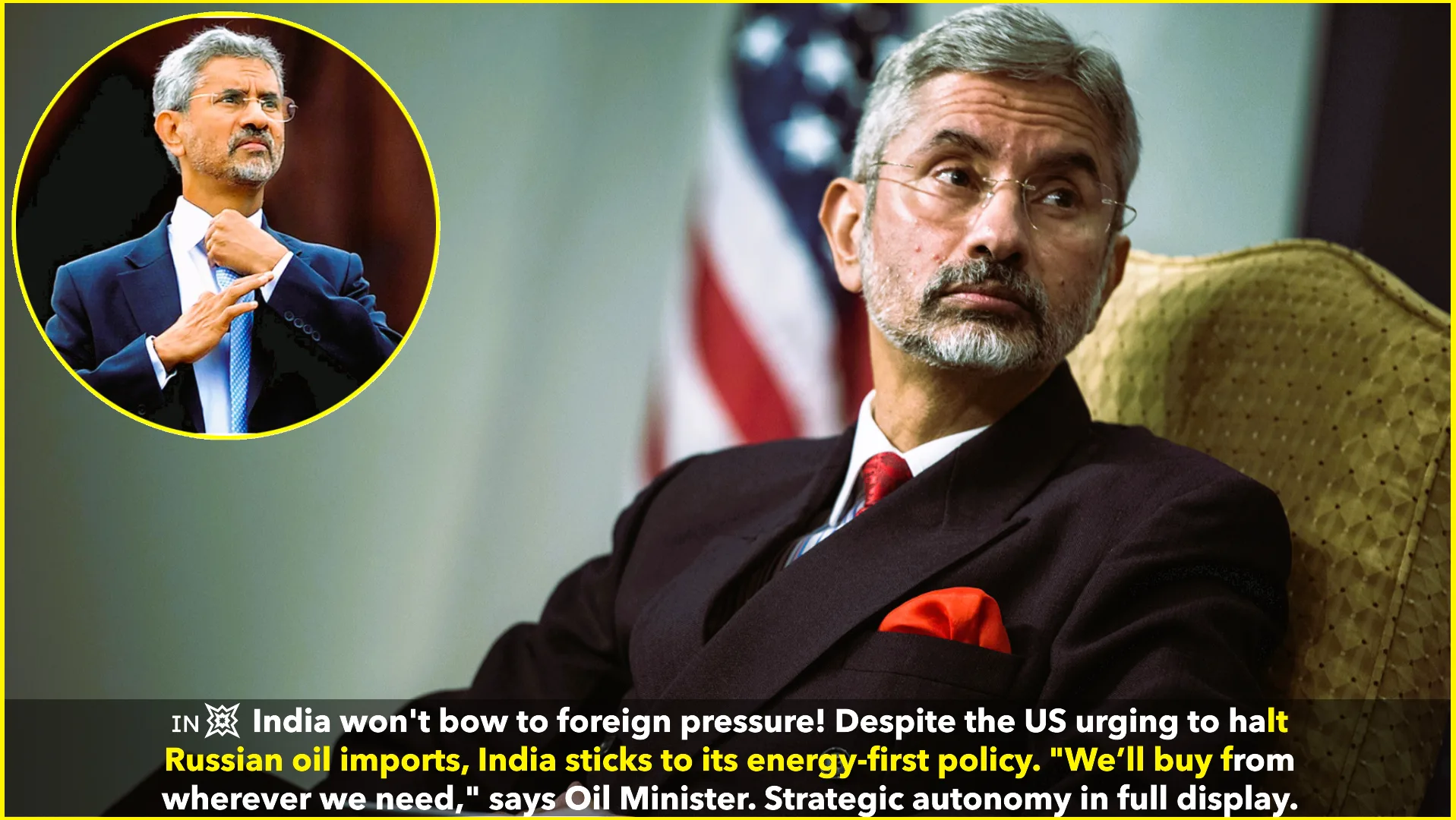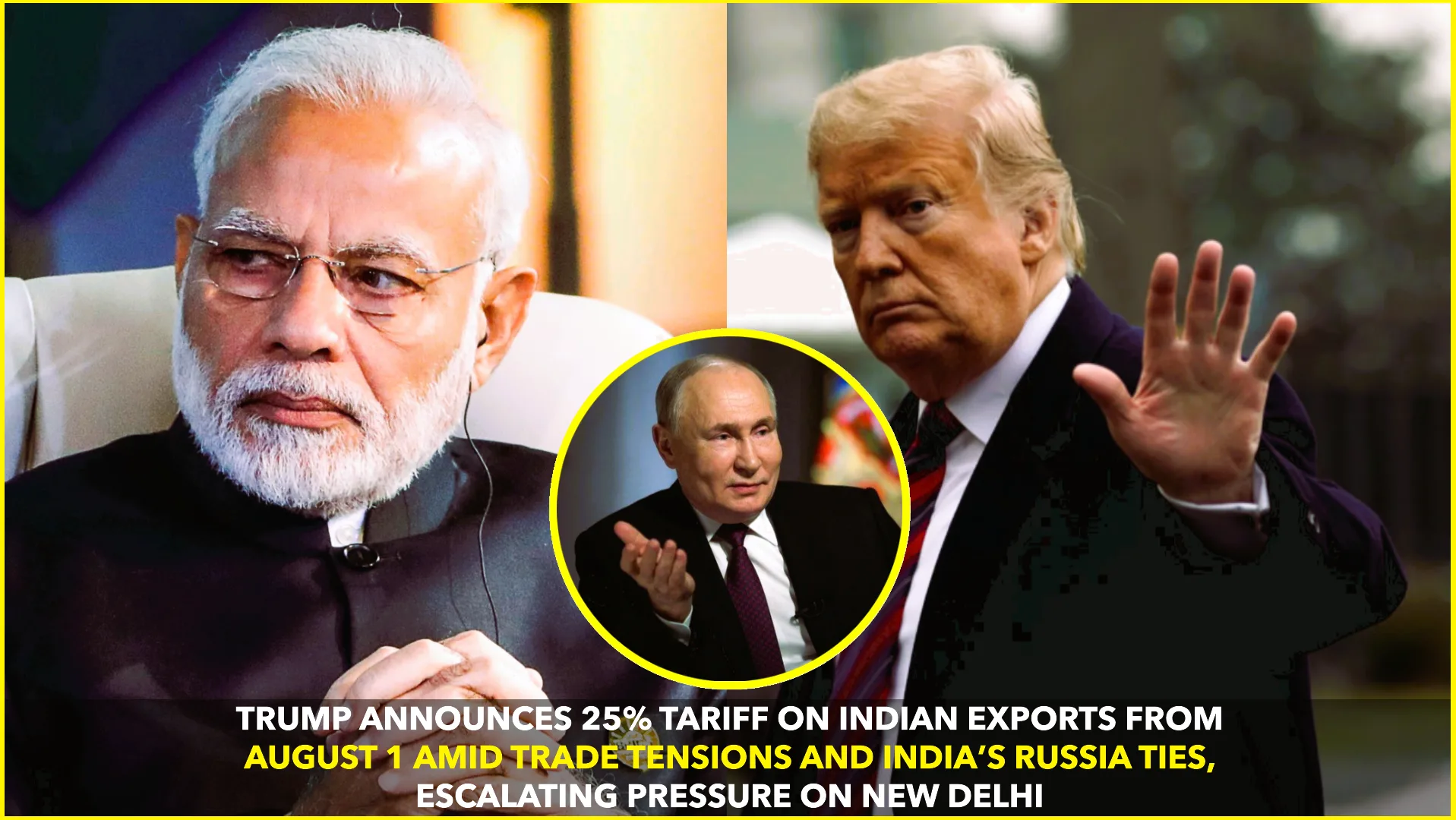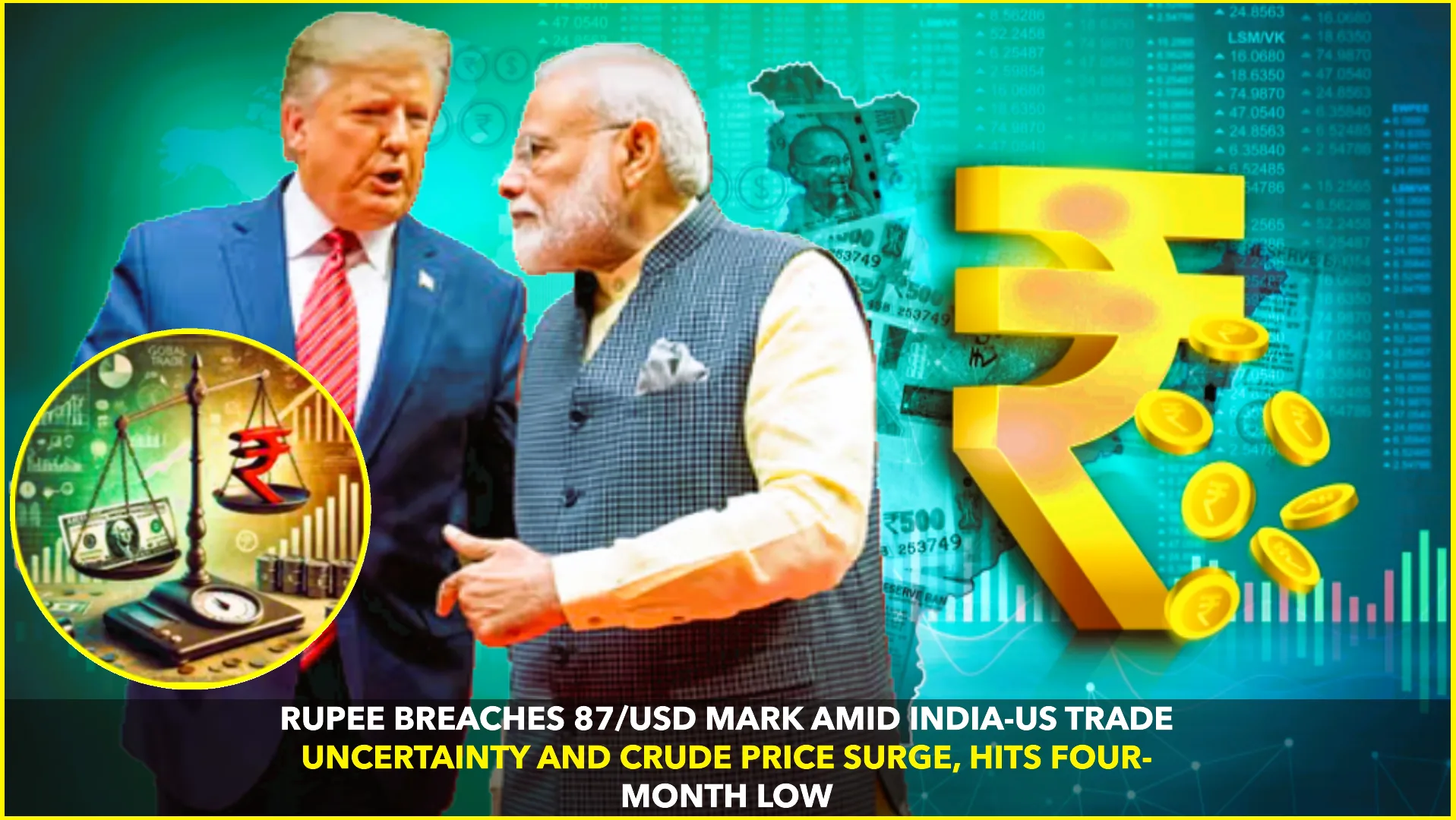New Delhi, August,2025— In a decisive move to reinforce India’s ambitions of internationalising its currency, the Reserve Bank of India (RBI) has eliminated the need for prior approval when banks open Special Rupee Vostro Accounts (SRVAs) for foreign correspondent banks. This shift is poised to significantly enhance rupee-denominated global trade, especially amid renewed tariff threats from former US President Donald Trump aimed at BRICS nations. The Financial ExpressThe Times of IndiaReuters
What’s Changed?
As per an RBI circular dated August 5, 2025, authorised dealer (AD) banks—commonly large commercial banks authorised to trade in foreign currency—can now open SRVAs without first seeking RBI clearance. These accounts, denominated in Indian rupees, allow foreign banks to hold and transact funds directly in INR. The move simplifies procedures and speeds up cross-border trade settlements in rupees. The Financial ExpressThe Economic Times
RBI officials emphasise that while the approval requirement has been dropped, all existing compliance norms under the Foreign Exchange Management Act (FEMA) and Know Your Customer (KYC) rules still apply. The Financial Express
Why It Matters
SRVAs were introduced in July 2022 as part of an effort to promote international trade in Indian currency and reduce dependence on the US dollar. However, the requirement for RBI sign-off slowed adoption. Removing this hurdle is expected to accelerate the use of rupees in trade among partner nations. The TribuneThe Economic Times
Moreover, on August 12, 2025, RBI announced that surplus rupee balances in SRVAs can now be invested in central government securities—except that only up to 30% of the balance may go into short-term instruments like treasury bills. This allows foreign players to park surplus funds in Indian government debt directly, without registering as foreign portfolio investors. Reuters
Global Context: Trump’s Tariff Warning
India’s timing is noteworthy. Former US President Donald Trump has reportedly threatened steep tariffs—up to 100%—on BRICS members if they pursue trade via local currencies instead of the dollar. This includes plans by China, Russia, and others to establish their own currency systems for intra-BRICS trade. The Financial Express
Against this backdrop, India’s easing of SRVA norms appears both strategic and timely. By enabling easier rupee-settled trade, India can sidestep some dollar-centric financial infrastructure and mitigate exposure to external tariff pressures.
State of SRVAs So Far
As of late 2024, India had approved 156 SRVAs across 26 banks, involving 123 correspondent banks from 30 countries. The balance held in these accounts amounted to approximately ₹134.55 billion (about US$1.6 billion). Reuters+1
Additionally, RBI has been pushing for further liberalisation of SRVA usage. Earlier in 2025, it sought government approval to remove the 30% cap on short-term government securities investments by foreign SRVA holders, arguing that the restriction limits liquidity management for foreign banks. Reuters
Another proposal under community is allowing domestic banks and their foreign branches to extend rupee loans abroad—first to regional neighbors like Bangladesh, Bhutan, Nepal, and Sri Lanka—to deepen cross-border currency usage. Reuters
What Lies Ahead
Together with investment changes, the wiping out of approval requirements signals India’s intent to elevate the rupee’s role on the global stage. Quickening SRVA setup, easing investment of surplus balances, and exploring rupee lending abroad all form a coherent strategy to build robust, non-dollar trade corridors.
If global partners embrace rupee settlement, India could secure faster, cost-effective trade routes, especially with regions sensitive to currency volatility or US dollar controls.
Ultimately, this policy aligns with India’s broader goal to internationalise the rupee—not as a rebellion against the dollar, but as a pragmatic diversification strategy. RBI continues to acknowledge the dollar’s stability while offering businesses practical alternatives. AInvestReuters+1






